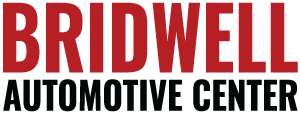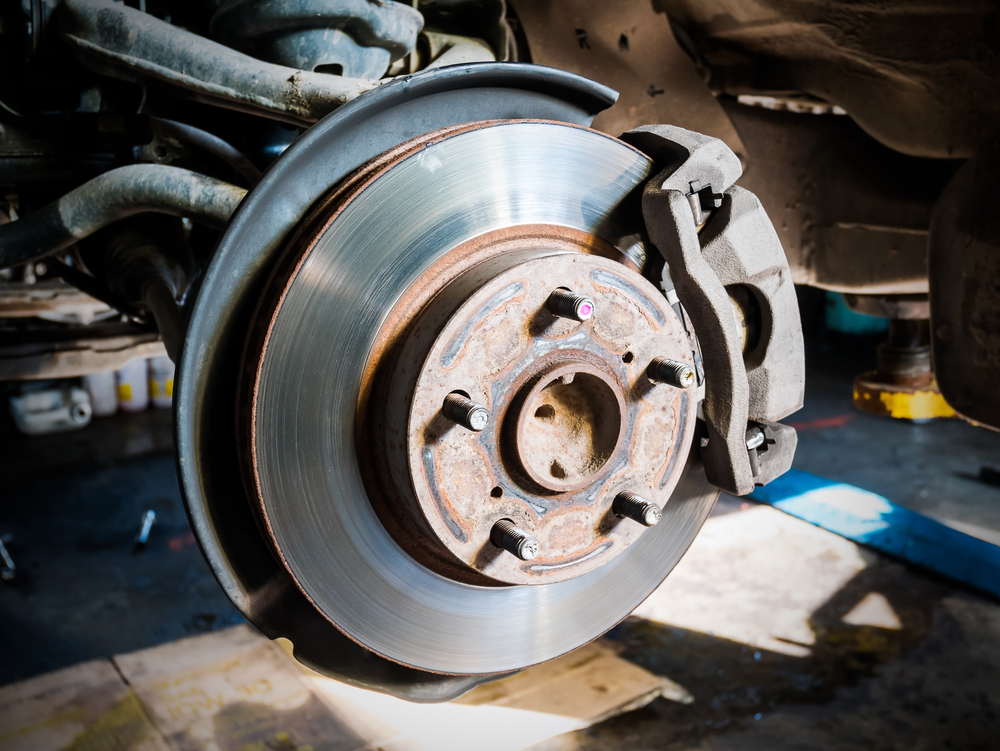The symptoms of worn wheel hub bearings can range, each in the severity of their own. Some signs can be hard to detect, which can cause damage before you’re able to take action. Usually, the amount of time before damage happens is connected to the driving conditions and/or any mechanical practices that occurred during the installation. One classic symptom is noise, if you hear a noise it could mean a bad wheel hub bearing or wheel bearing. Below are more ways to detect if a worn wheel hub bearing or different wheel-end damage has occurred:
10 Symptoms Of A Worn Hub Bearing:
#1 – Clicking, snapping or popping
This may suggest a damaged or worn outer CV-joint. Although, it could also mean there is excessive bearing endplay, often the result of poor clamping. It is common to hear this noise when making sharp turns or cornering.
#2 – Grinding while in motion
Usually, this will mean mechanical damage already exists within the wheel-end system. In regards to bearings, it could mean you have a lack of integrity, like raceway or roller damages. This noise is commonly heard while shifting or turning.
#3 – Clunking or knocking
If you hear this type of noise, it could mean there is excessive amounts of play in the U-joints or CV-joints. It can even be the cause of excessive backlash with differential gears. Usually, this is not linked to bearings and commonly heard when shifting and changing directions from reverse or drive, or from accelerating to a coast.
#4 – Rumbling, humming or growling
Usually, these type of noises is connected with electrical, tire or drivetrain components. If it is related to the bearings, you often hear the vibration or noise while driving straight, and increases when turning the wheel just slightly to either direction. Generally, the opposite side of the noise is the side that is defective.
#5 – Wobble and/or wheel vibrations
While these symptoms can often be connected with worn tires, suspension or wheel components, it could be a severe chassis misalignment too. In relation to the bearing or wheel hub, it often suggests the lack of clamp or bearing with mechanical damage that is severe. It could also happen if lug nuts are not tightened properly. Although, some wheel vibrations can actually be caused by a bent car frame. That would qualify as an auto body repair, which usually costs around $300.
#6 – Shimmy, shudder, or vibration at constant speeds
These symptoms are often connected with damaged or worn suspension components but could be the tires that are out-of-round or no longer balanced. It’s not usually indicative of bearing or hub damage.
#7 – Abnormal side pulling when applying brakes
This symptom is often the sign of a defective equalizer or caliper, but could also be signs of worn rotors or brakes. Although, a severe looseness in regards to bearings could lead to an excessive amount of runout, which could lead to brakes pulling or pulsating. The most common reason is warped rotors caused by the caliper not properly retracting.
#8 – Uneven brake pad or rotor wear
This is often a sign of a bad equalizer and/or brake caliper but isn’t related to the bearing. Excessive runout can be caused by damaged or worn bearings causing severe looseness, which could lead to an uneven amount of wear on the rotor and/or brake pads. Commonly, this is due to a warped rotor from the caliper not properly retracting.
#9 – Uneven or abnormal tire wear
Many things can lead to abnormal tire wear, with the most common being damaged or worn suspension components, improper inflation, misalignment or tire selection. Meanwhile, excessive looseness or bearing wear could lead to abnormal tire wear, it is often caused by other modes of failure.
#10 – ABS failure, which can be either external or internal of the hub or bearing assembly
With extreme situations, the external and internal sensors are able to become damaged due to excessive movement related to excessive end-play. Therefore, suggesting the loss or lack of bearing clamp. Normally, this is the result of extreme mechanical damage or break up. Also, with designs that have sensors mounted on the external component, sensor damage could be the result of stones, corrosion, or various other hazards.
Bridwell Automotive Offers Full Auto Repair Services In Scottsdale, Arizona
Our dedicated team of ASE Master Technicians will help you repair your car quickly and within your budget. You can schedule your car repair with Bridwell Automotive Center in Scottsdale by using our contact form. Stop by our Auto Repair Shop located at 7171 E Lincoln Dr. Scottsdale, Arizona 85253 or by giving Bridwell Automotive Center a call today (480) 948-4781.







